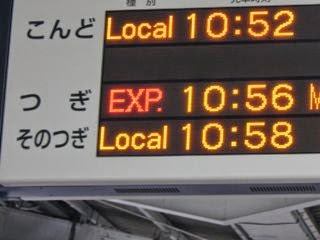 1. あたま が いたい ( atama ga itai : to have a headach )
1. あたま が いたい ( atama ga itai : to have a headach )2. あたま が がんがんする ( atama ga gan-gan suru : to have a splitting headache )
3. あたま が ずきずきする ( atama ga zuki-zuki suru : to have a throbbing headache )

4. おなか/い が いたい ( onaka / i ga itai : to have a stomachache )
5. おなか/い が しくしくする ( onaka/i ga shiku-shiku suru : to have an upset stomach )
6. い が きりきりする ( i ga kiri-kiri suru : to have a painful stocach ache )
 7. は が いたい ( ha ga itai: to have a toothache )
7. は が いたい ( ha ga itai: to have a toothache )8. は が ずきずきする ( ha ga zuki-zuki suru : to have a throbbing toothache )


